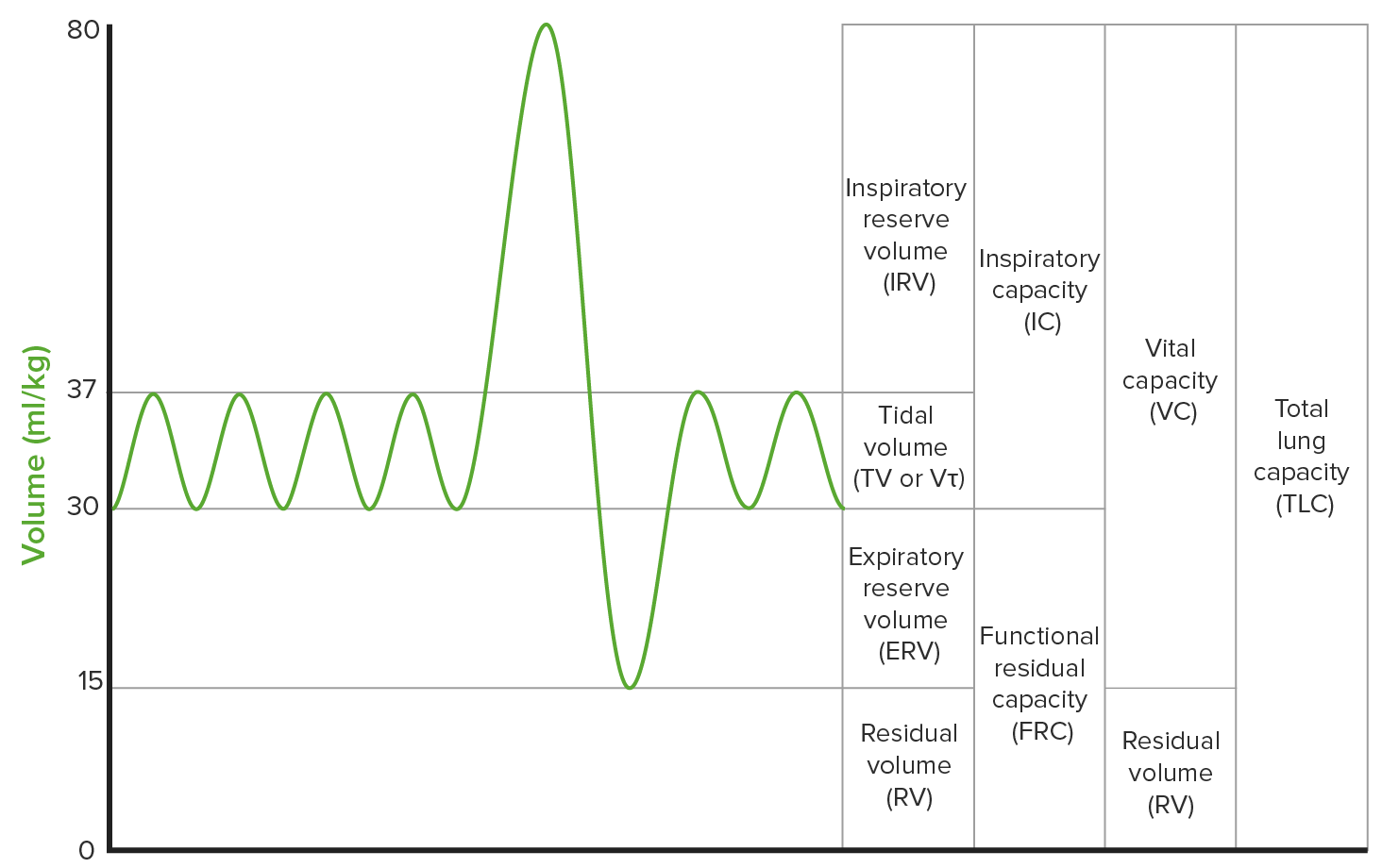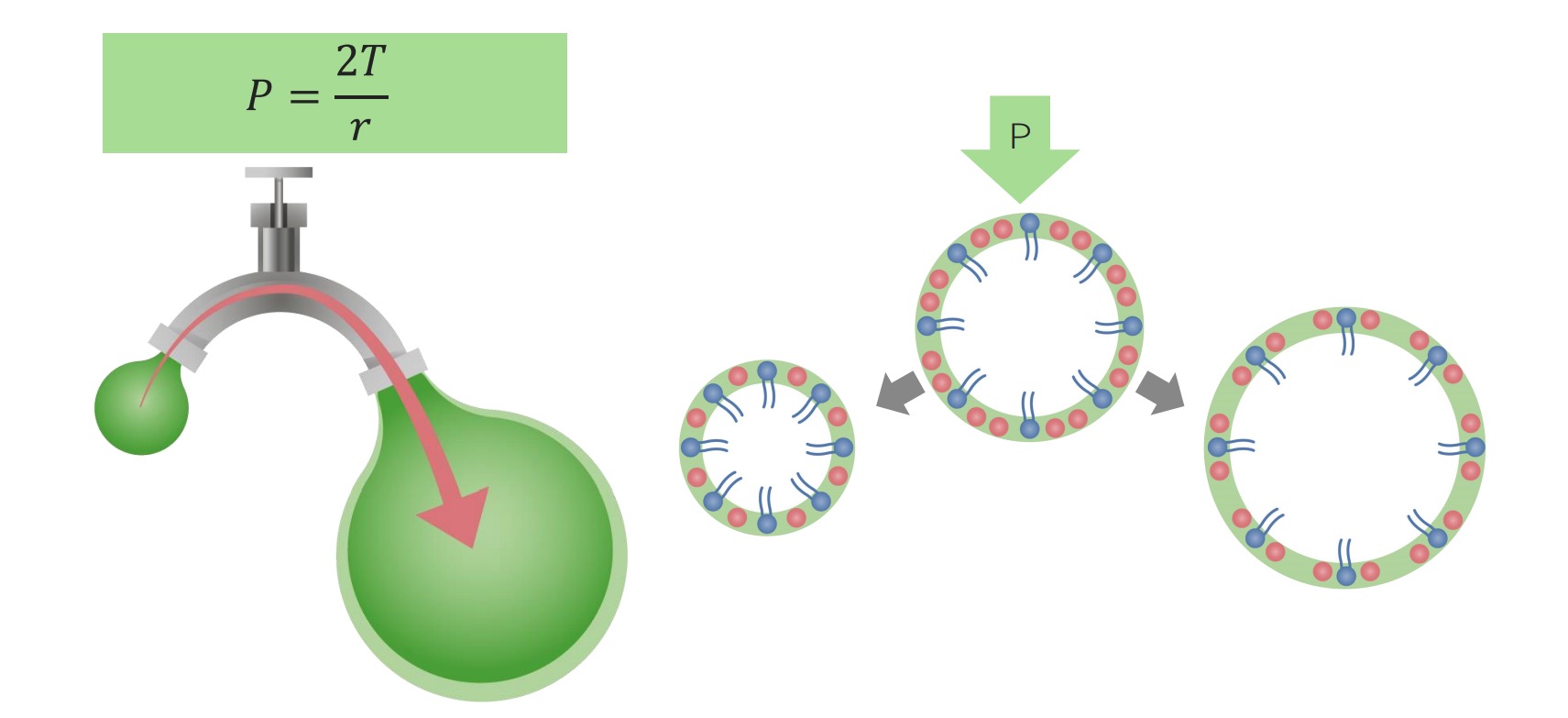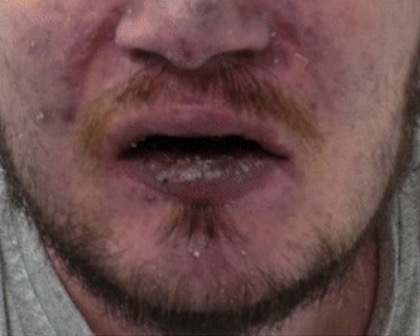Playlist
Show Playlist
Hide Playlist
Respiratory Failures: Introduction
-
Slides RespiratoryFailure RespiratoryPathology.pdf
-
Reference List Pathology.pdf
-
Download Lecture Overview
00:02 It is time for us to put everything together. Up until this point, we have clearly elucidated the various modes of techniques and tests. There will be few more, as we walk through, but we are now getting into the heart of respiratory pathology. 00:23 Respiratory failure, in general, what is it? You're focusing upon oxygen and the lack of your body being able to properly ventilate. 00:32 Now, we have done this prior and the way that we’ll continue with timeline becomes very important for us. If it’s acute, well, this is occurring within hours, which means that you are not able to properly ventilate your lung and nor can you properly get oxygen into your arterial side. And by definition, when we have respiratory failure, as I said, your focus should be the inability to properly oxygenate your arterial blood. 01:04 If it’s chronic, occurs over months to years. You’re thinking about chronic diseases and ultimately, please understand that your bicarb will also very much be affected. By that, we mean the following. If you have chronic issues, then at some point, understand that the body might actually become accustomed. Remember from physiology. To increase levels of carbon dioxide in a chronic time frame. And so, therefore, clinically, at times, what you’ll do is to then figure out that your patient might have a chronic disease by looking at an increase in serum bicarb because the carbon dioxide is elevated chronically for long periods of time. 01:50 Now, let’s go on and take a look at the definition of respiratory failure. This is on the arterial side. We’ll keep it relatively simple in terms of its name and we'll go ahead and abbreviate. 02:02 This is PO2, but this referring to little “a”, and that’s something that I assume at this point you know, especially with the suffix –emia. This will be less than 60, compared to what is normal, which is approximately 95 to 100. 02:19 Now, there will be two different types of respiratory failure. Type I and type II. Please know that type I is a lot more common than type II. If at some point, you do go into type II respiratory failure, understand not only is the oxygen depressed on the arterial side, but also on the arterial side, you find that the carbon dioxide, now, in order for you to truly understand the significance of 45, that’s the carbon dioxide on your arterial side is 40. So, for it to be above 45, you know for a fact your patient has hypercapnea or hypercarbia or it could be mixed between the two.
About the Lecture
The lecture Respiratory Failures: Introduction by Carlo Raj, MD is from the course Respiratory Failures.
Included Quiz Questions
Which of the following parameters qualify for type 2 respiratory failure?
- PO2 < 60 PCO2 > 45
- PO2 > 60 PCO2 < 45
- PO2 > 70 PCO2 < 35
- PO2 < 70 PCO2 > 35
- PO2 > 65 PCO2 > 45
Which of the following provides an indirect assessment of chronic respiratory failure?
- Serum HCO3 levels
- PCO2 levels
- PO2 levels
- Venous CO2 levels
- Venous O2 levels
A patient with COPD for 6 years is assessed for serum HCO3 status which is increased. What happens if oxygen is given to this patient?
- Loss of hypoxic drive
- Decrease in the PCO2
- Treatment of respiratory failure
- Increase in the venous PCO2
Customer reviews
5,0 of 5 stars
| 5 Stars |
|
5 |
| 4 Stars |
|
0 |
| 3 Stars |
|
0 |
| 2 Stars |
|
0 |
| 1 Star |
|
0 |






